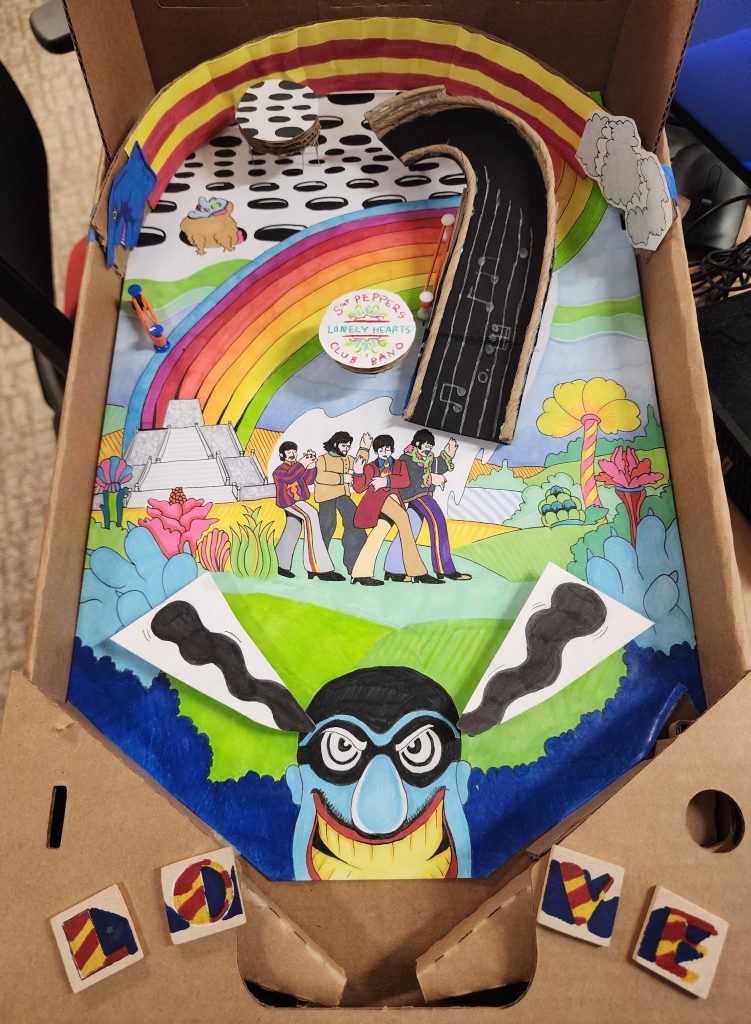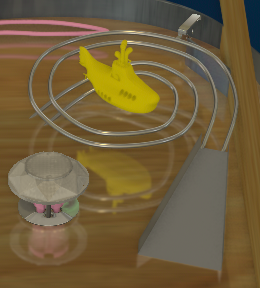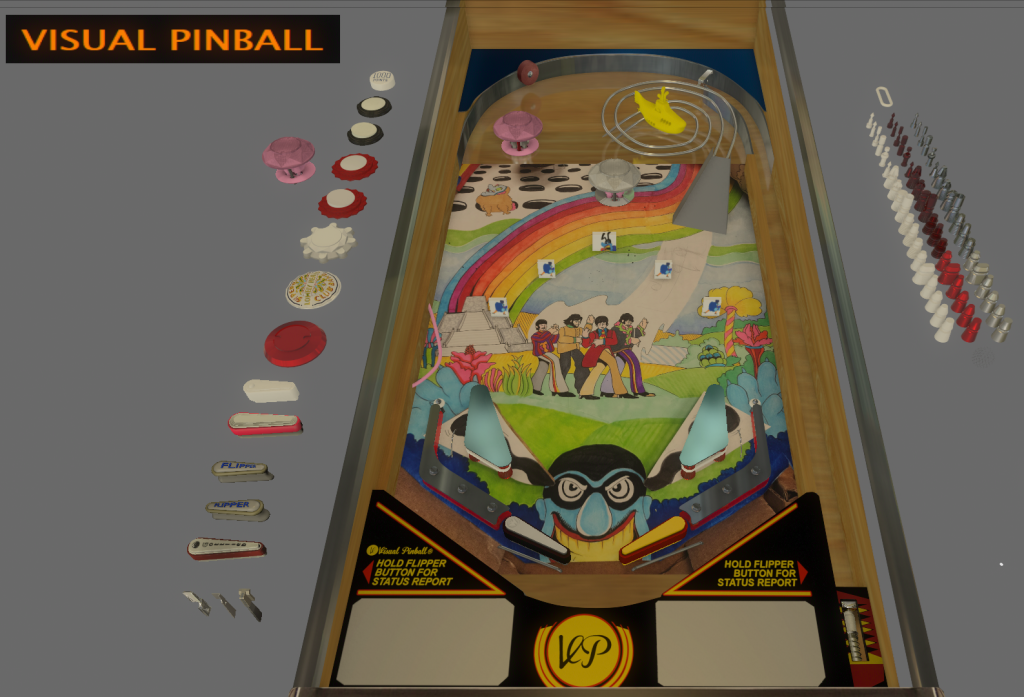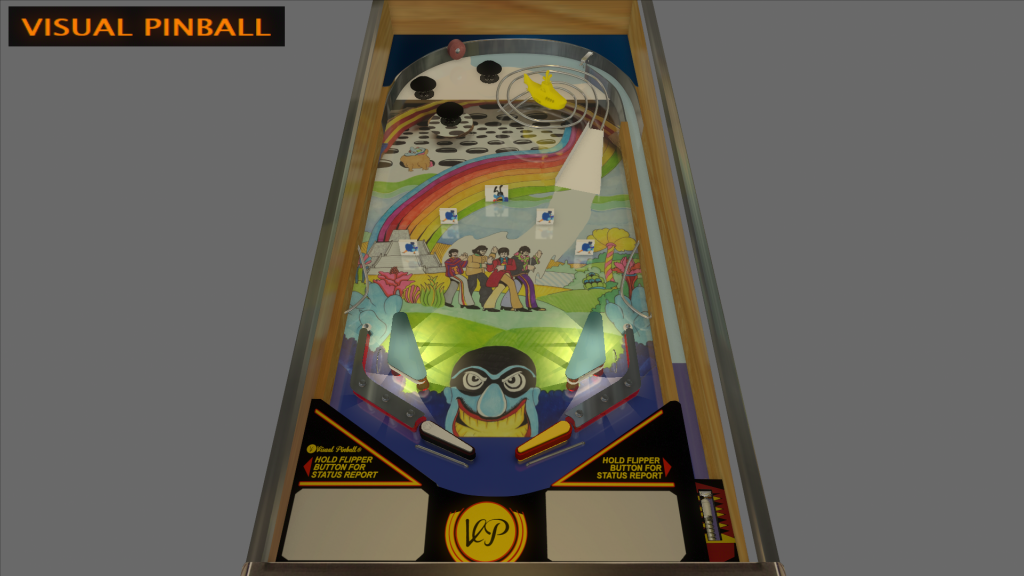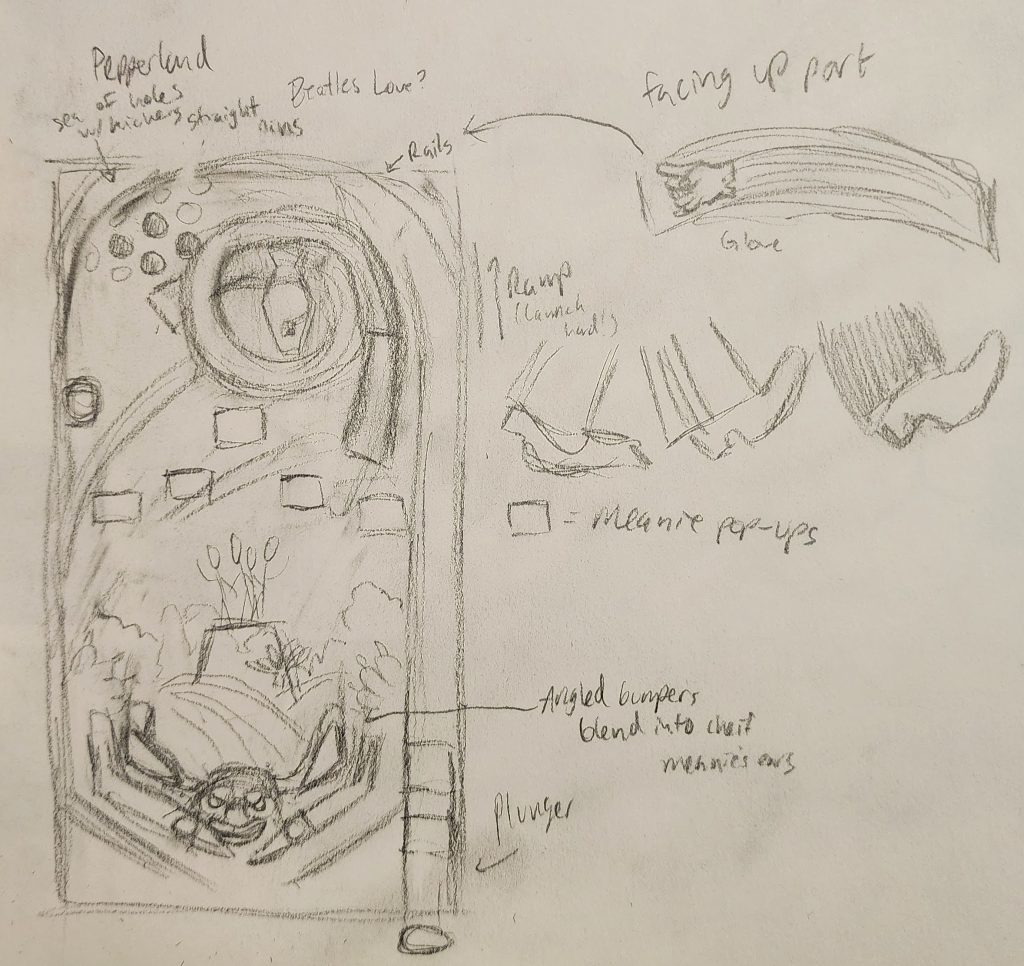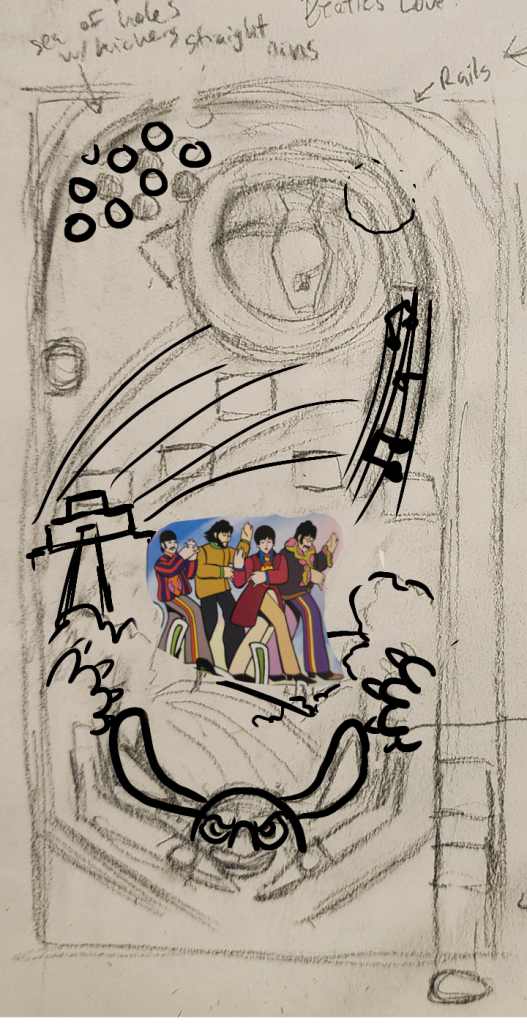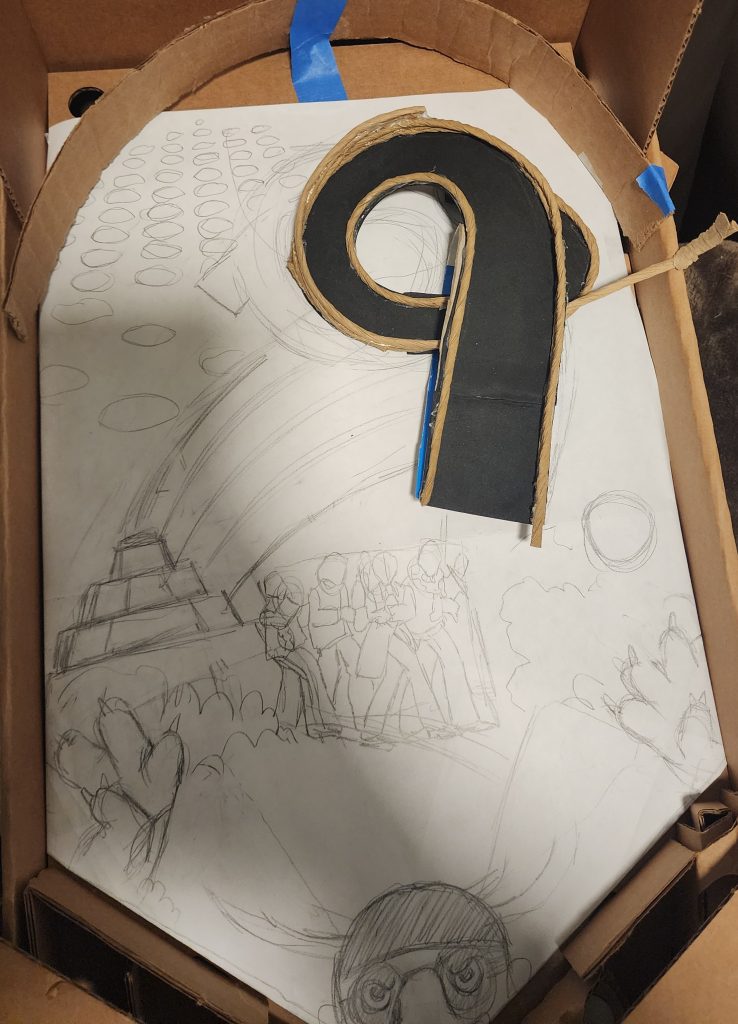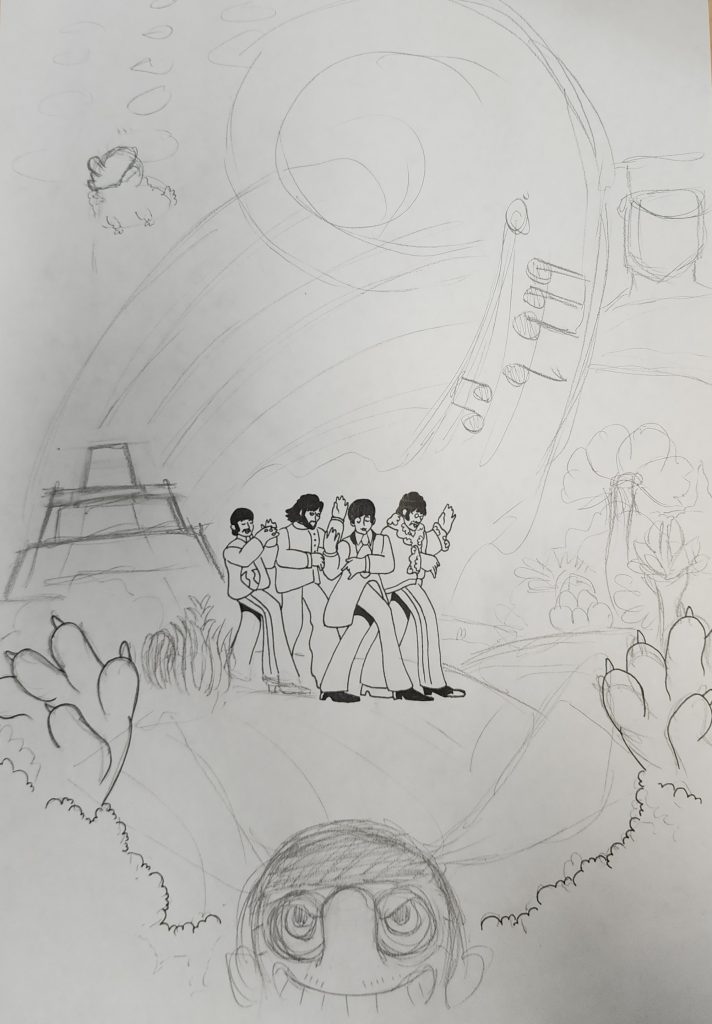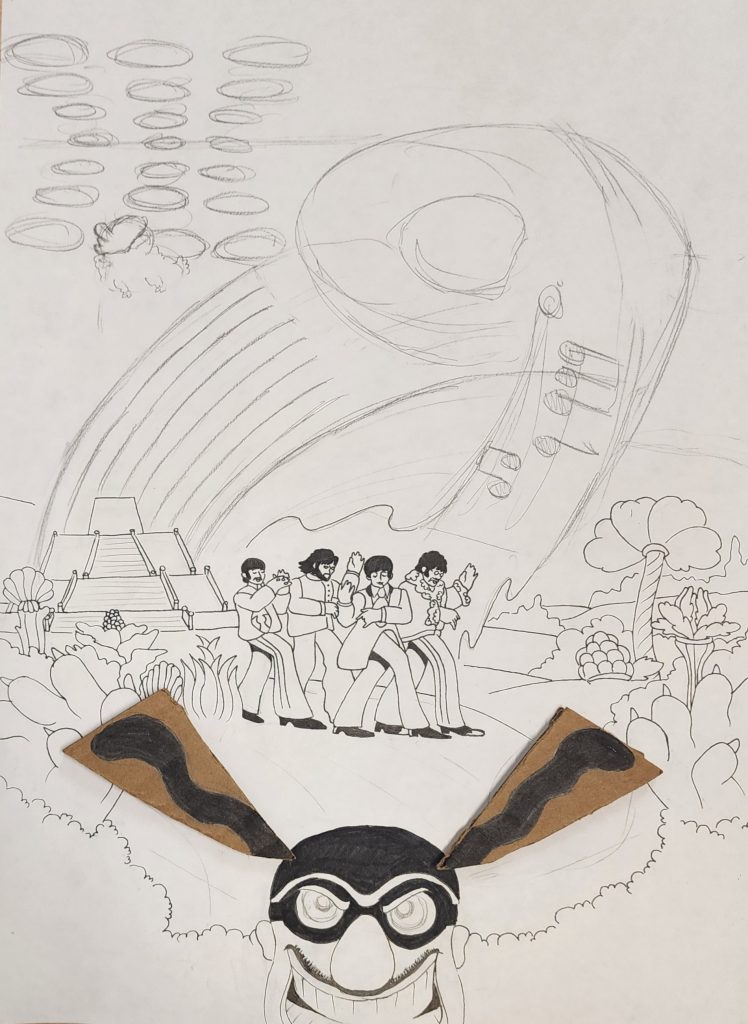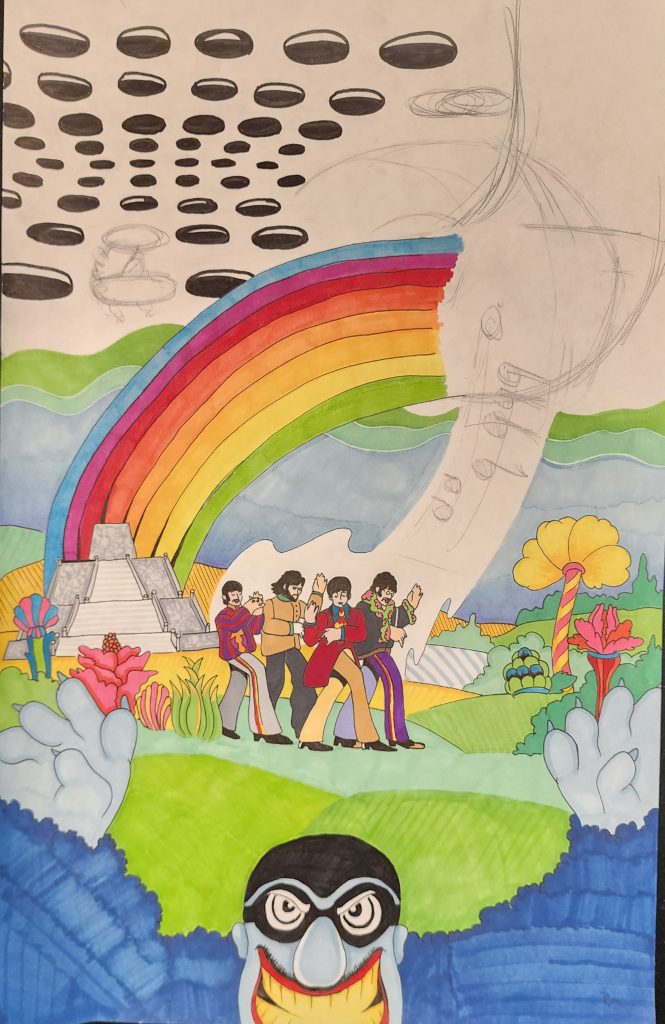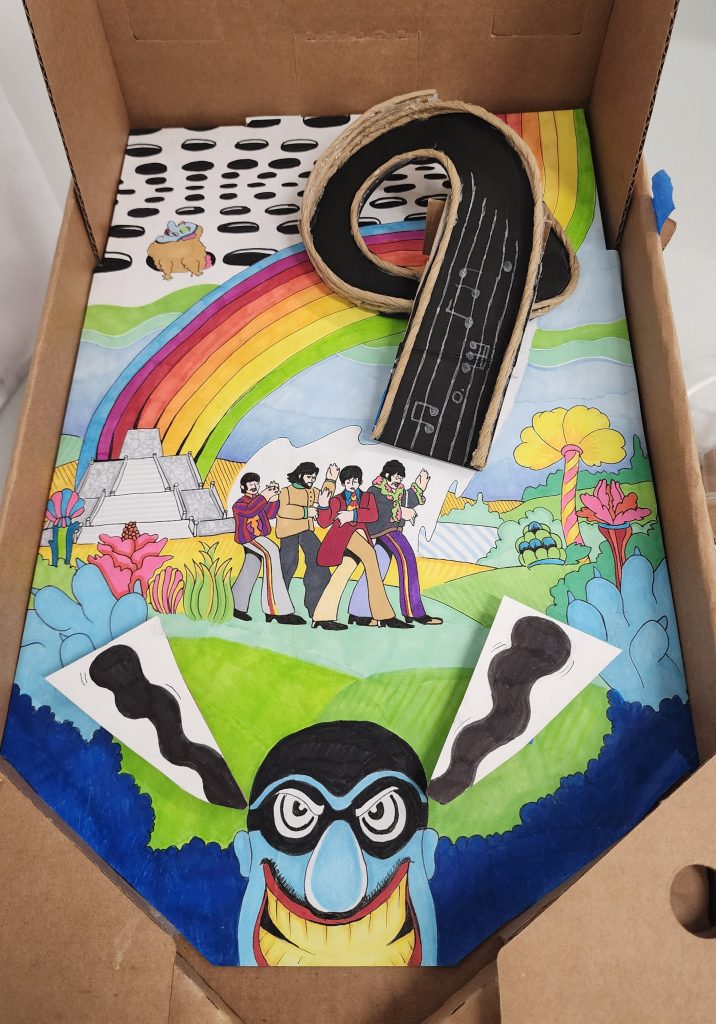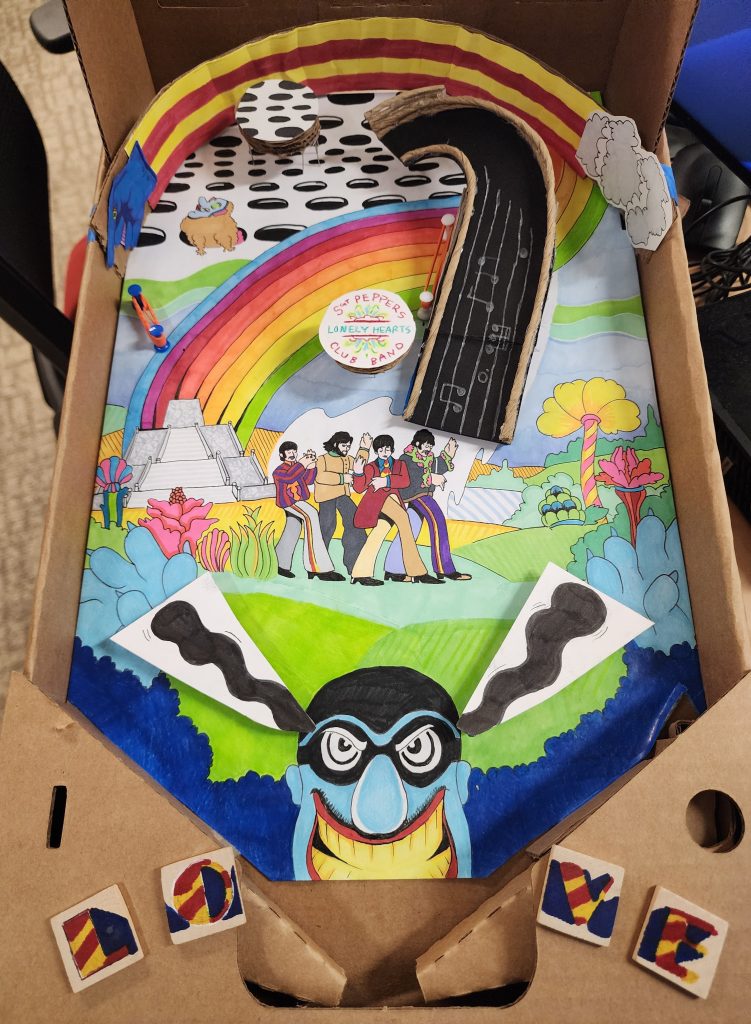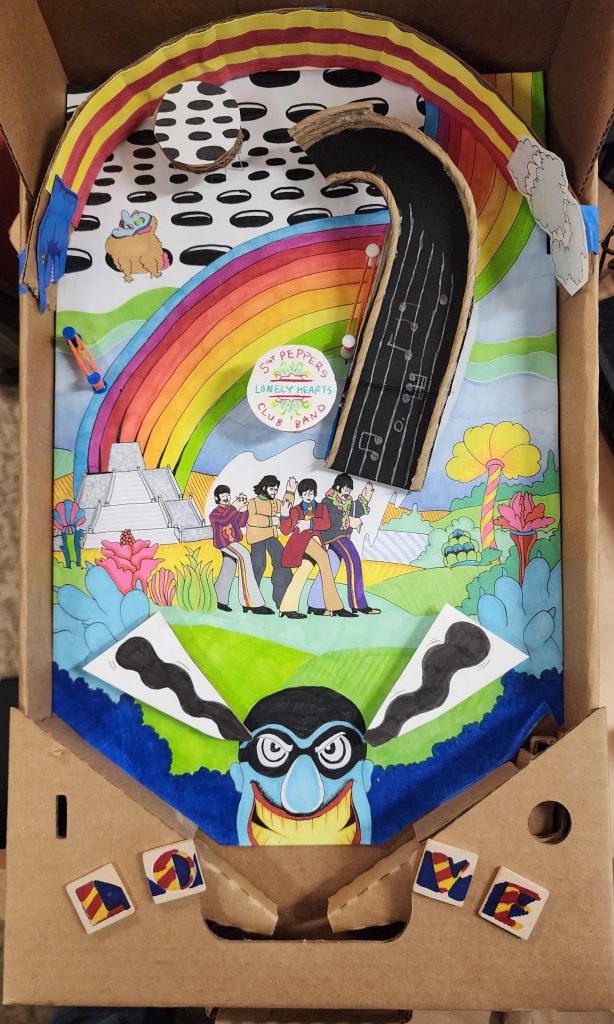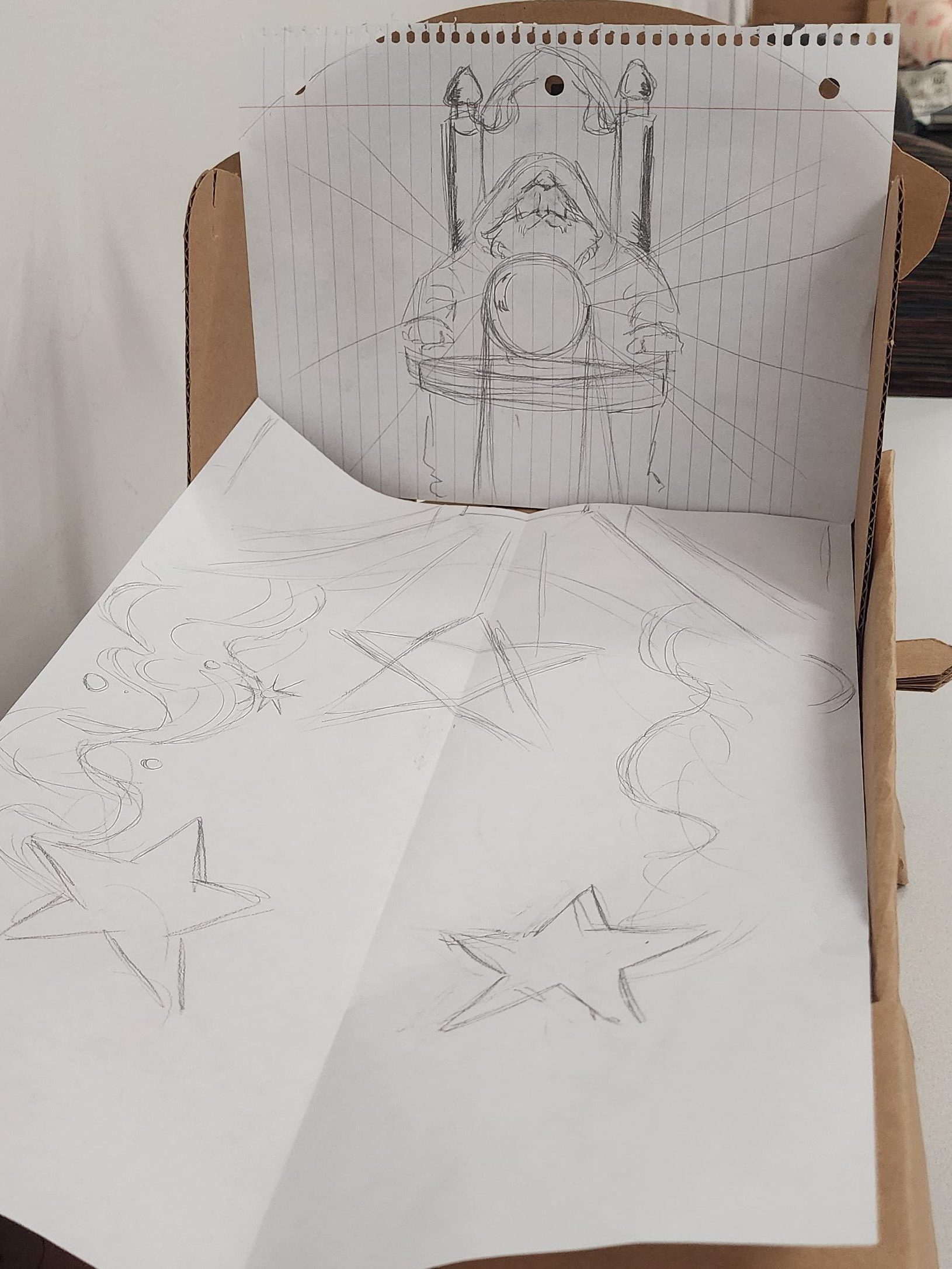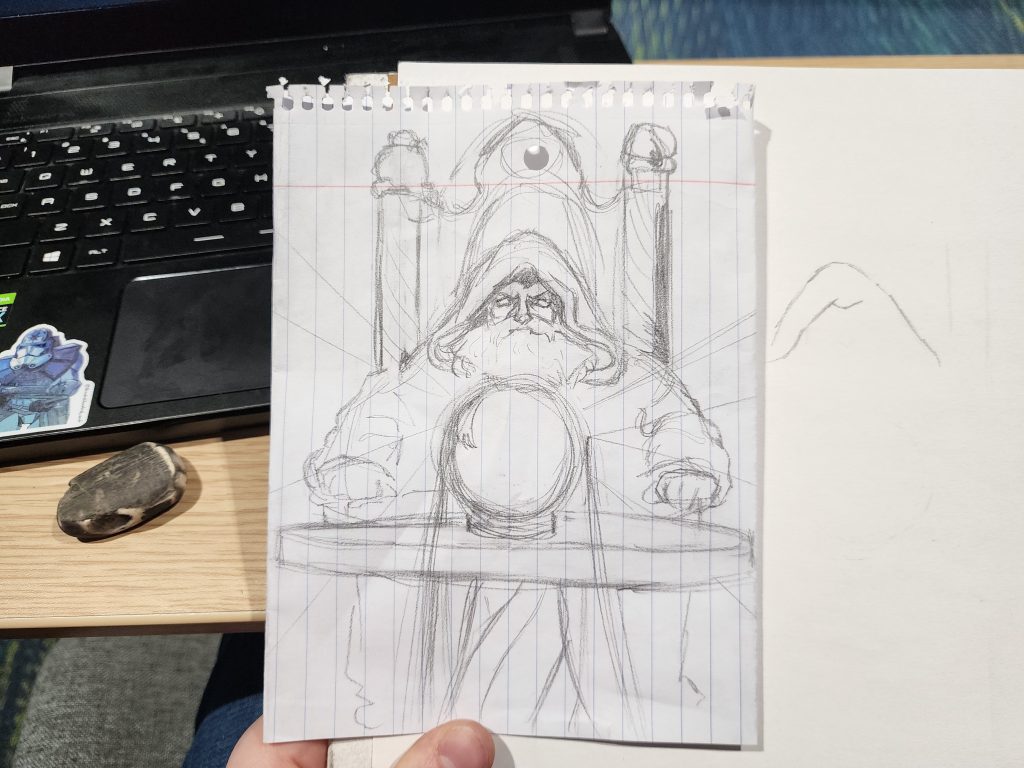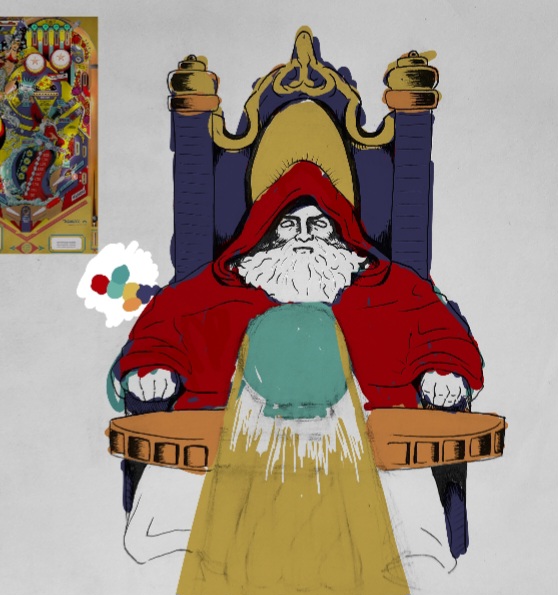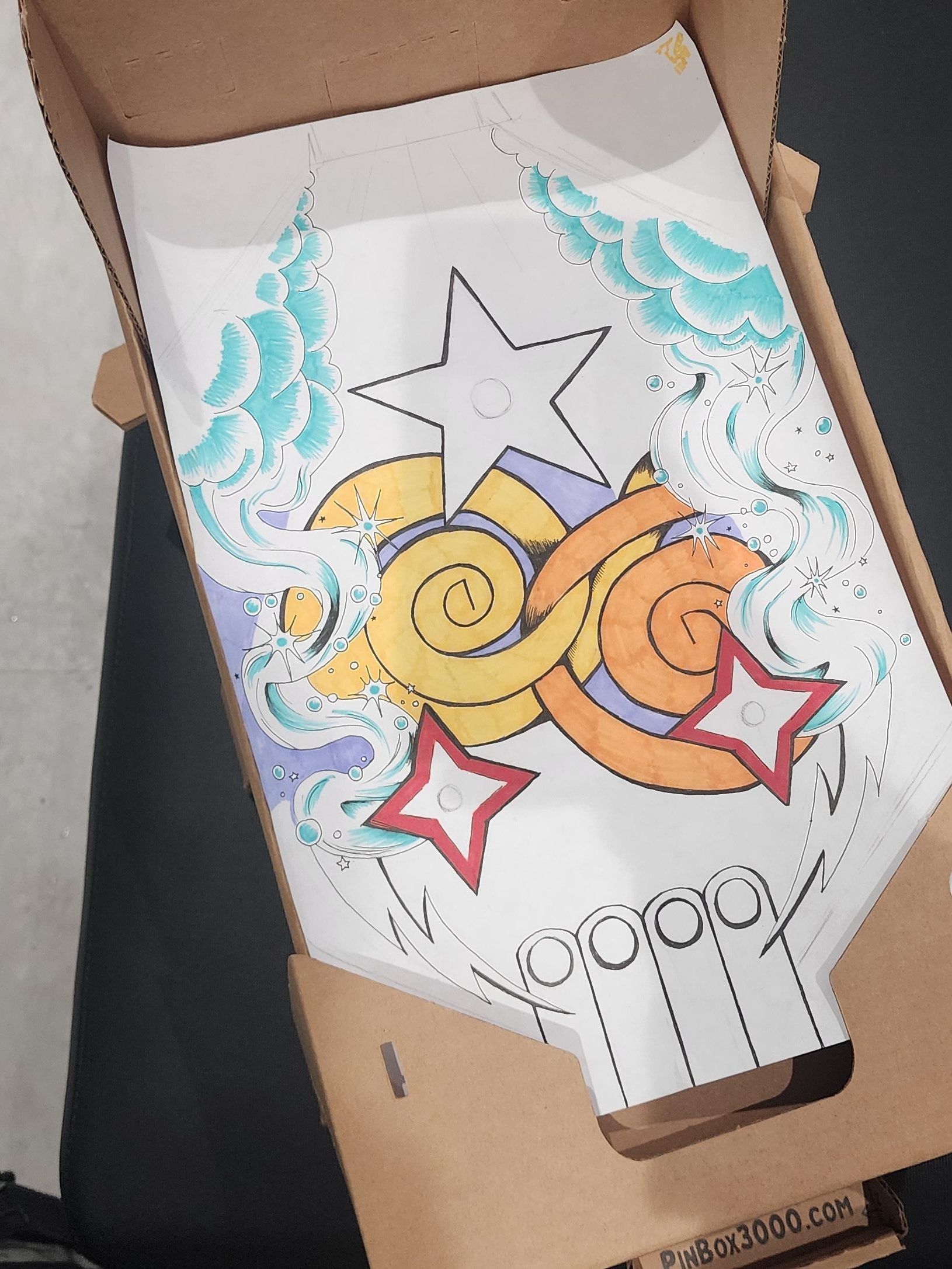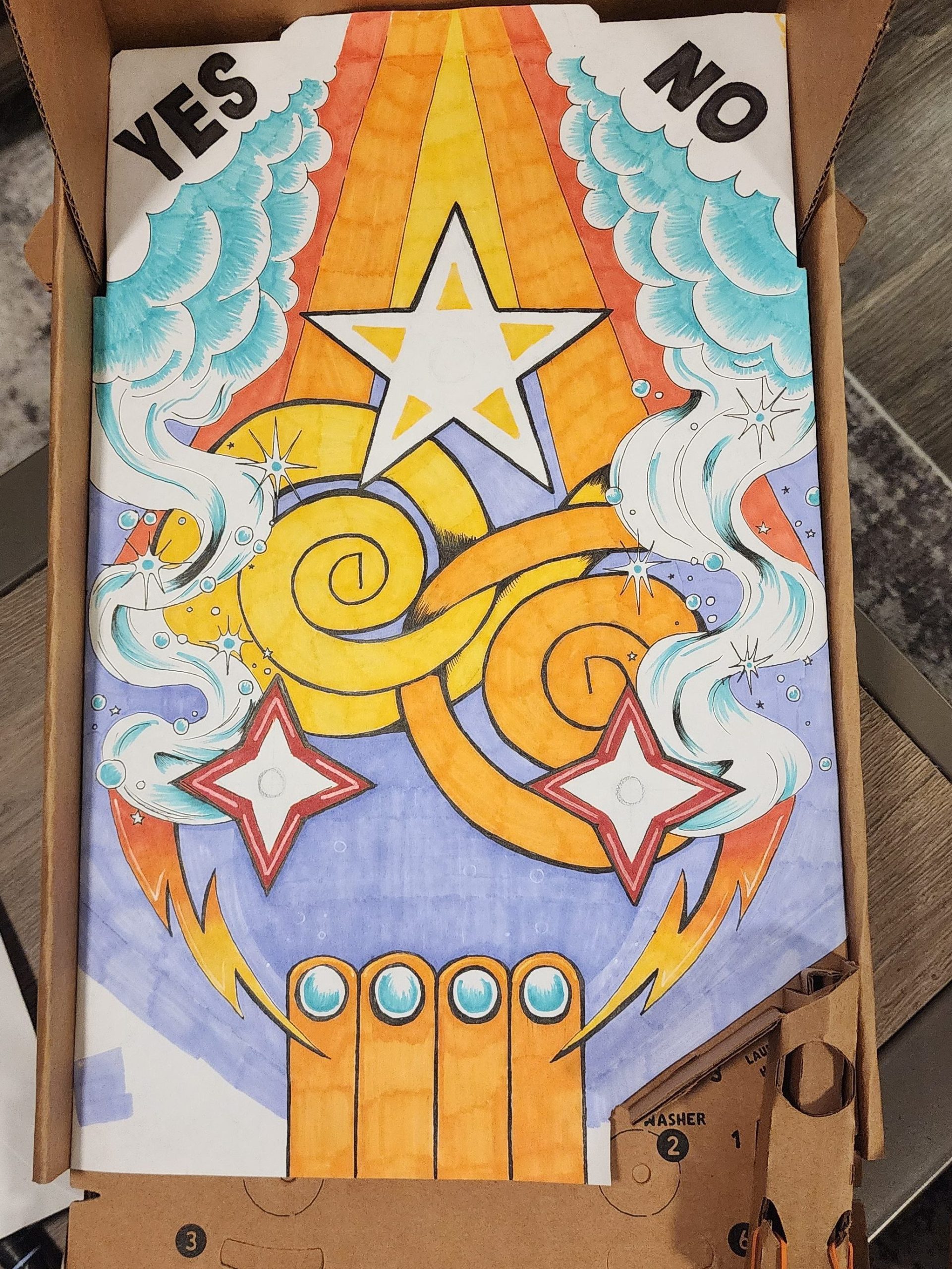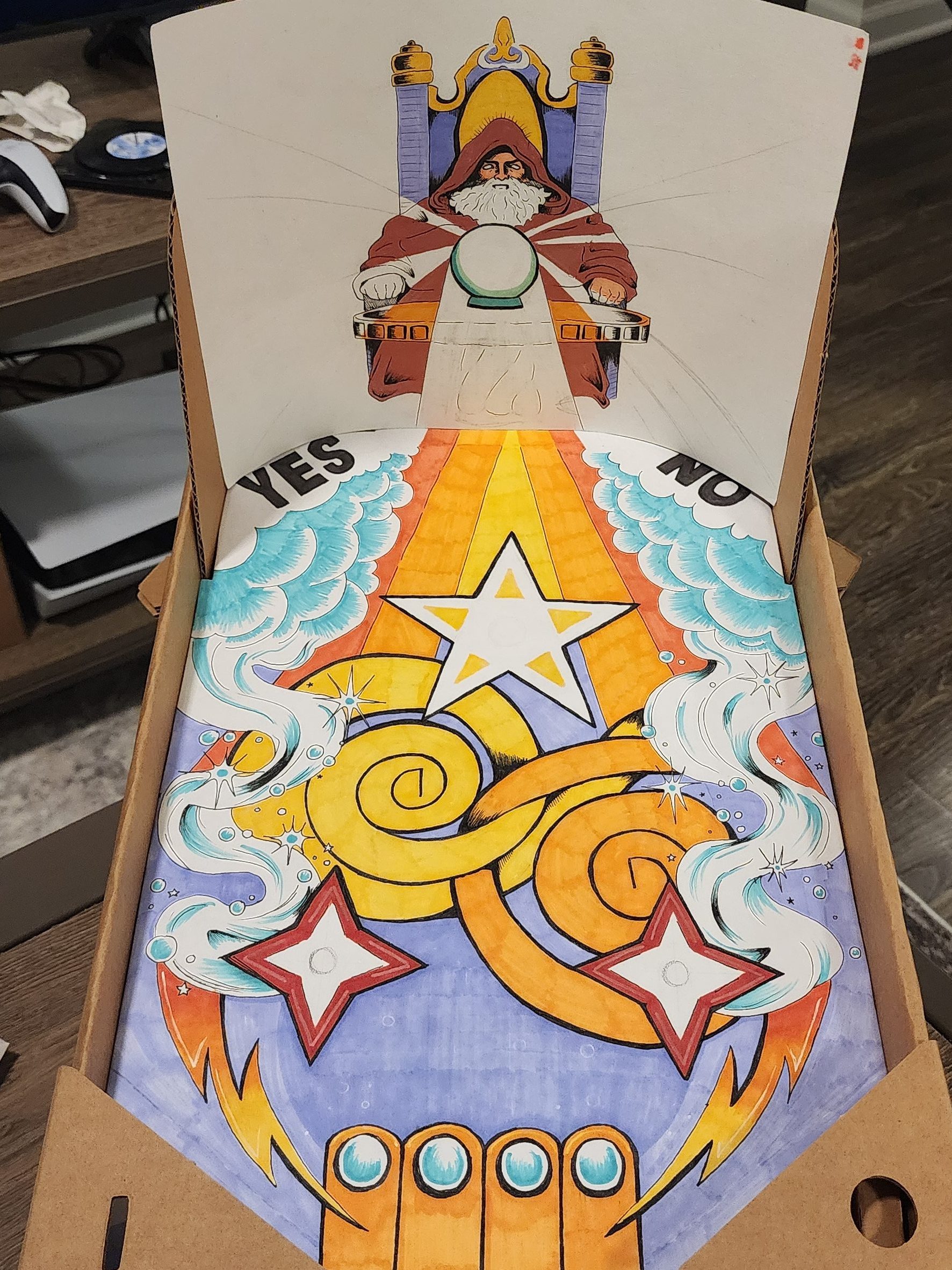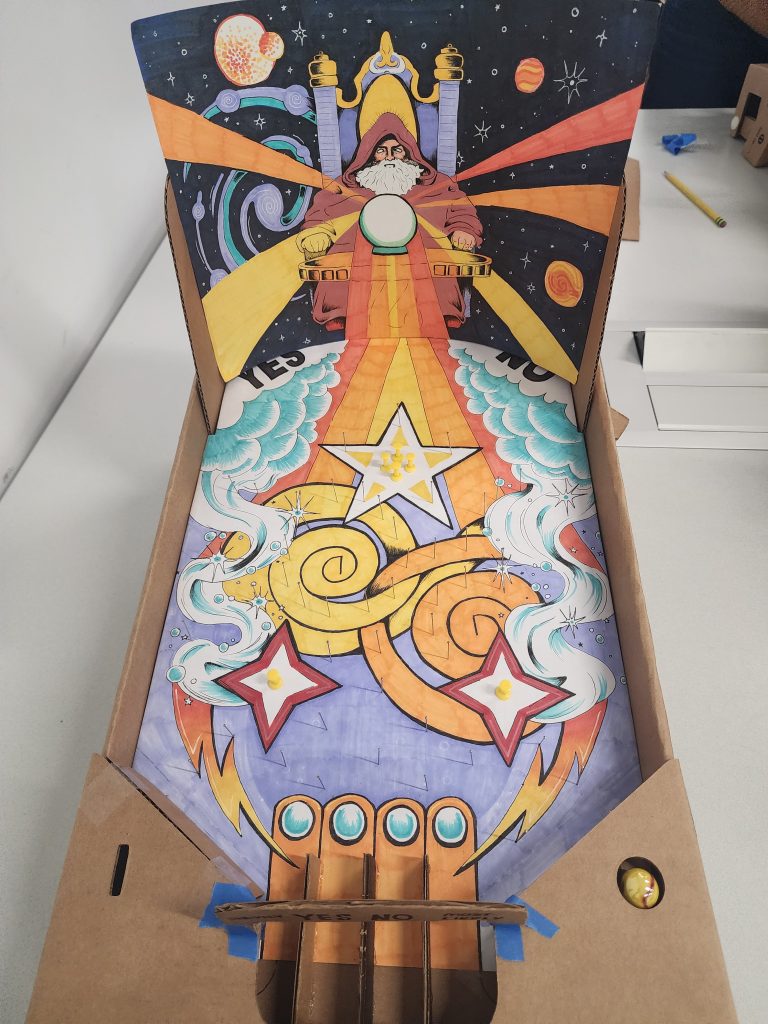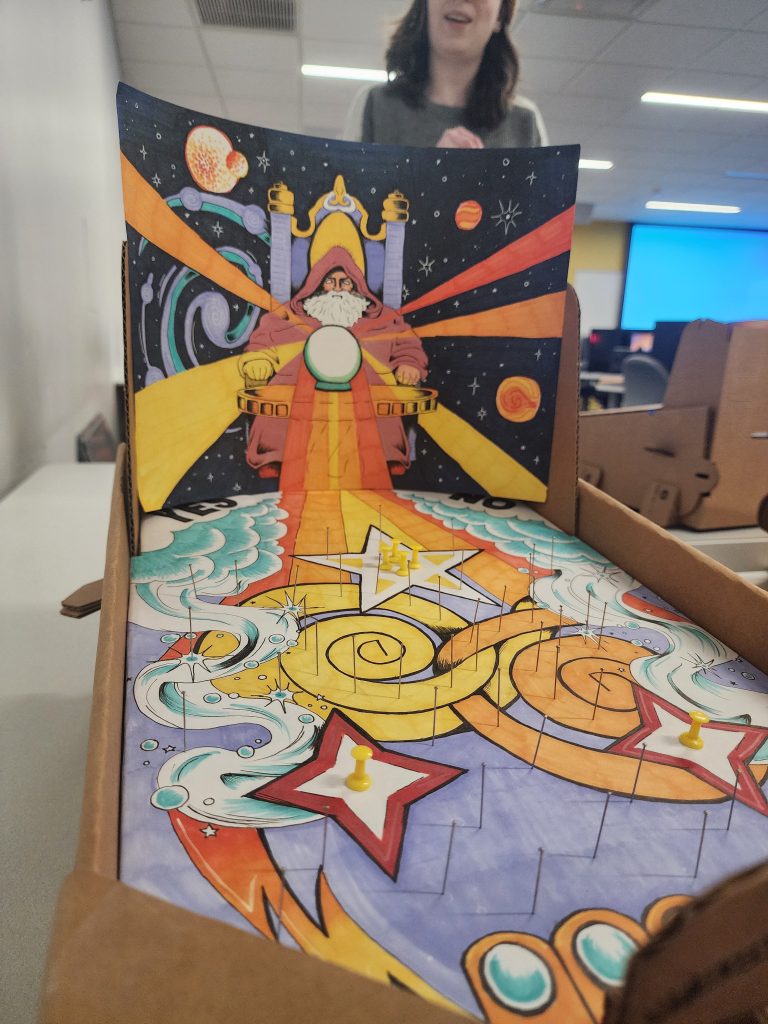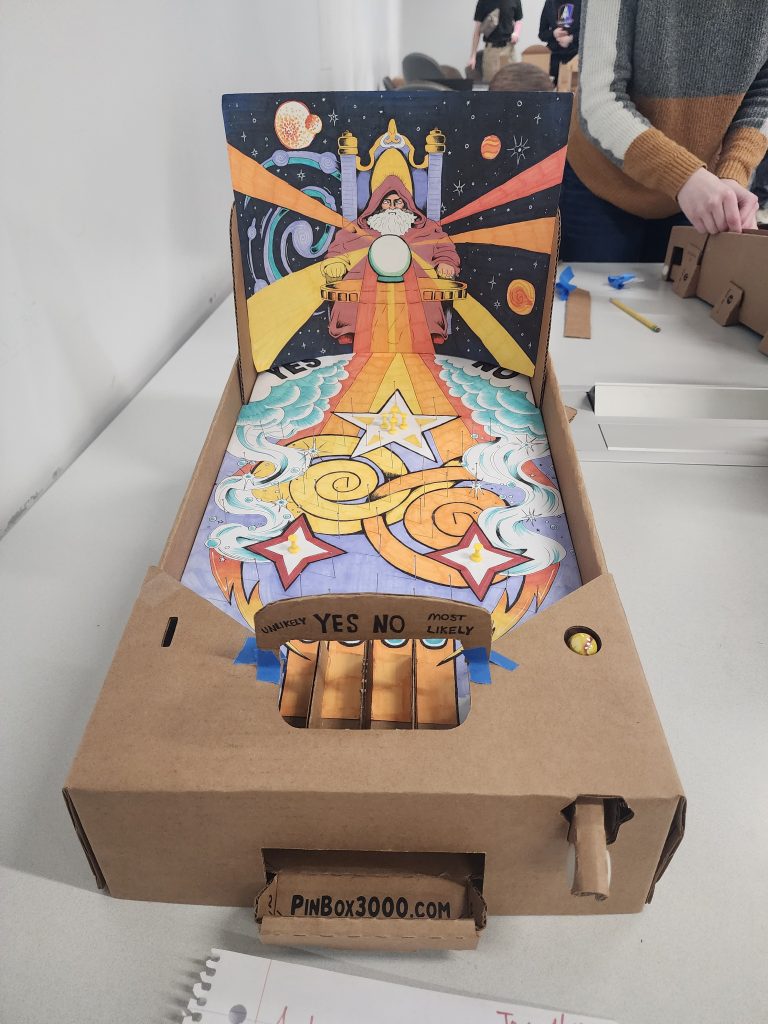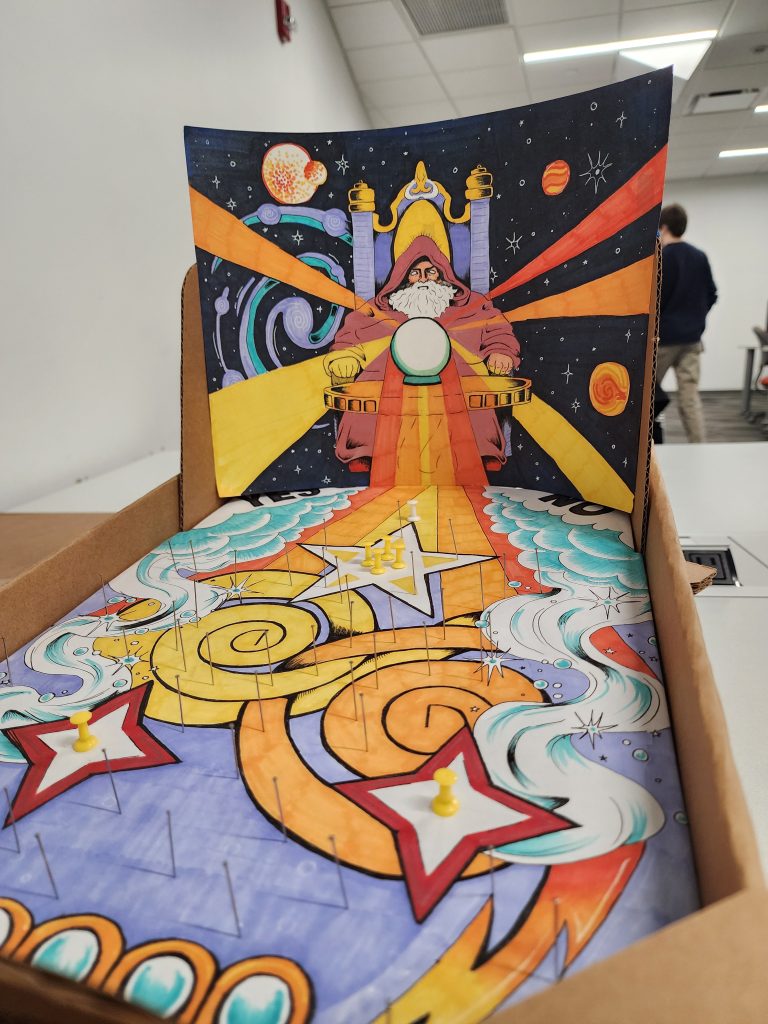Imagine RIT – 04/26/25
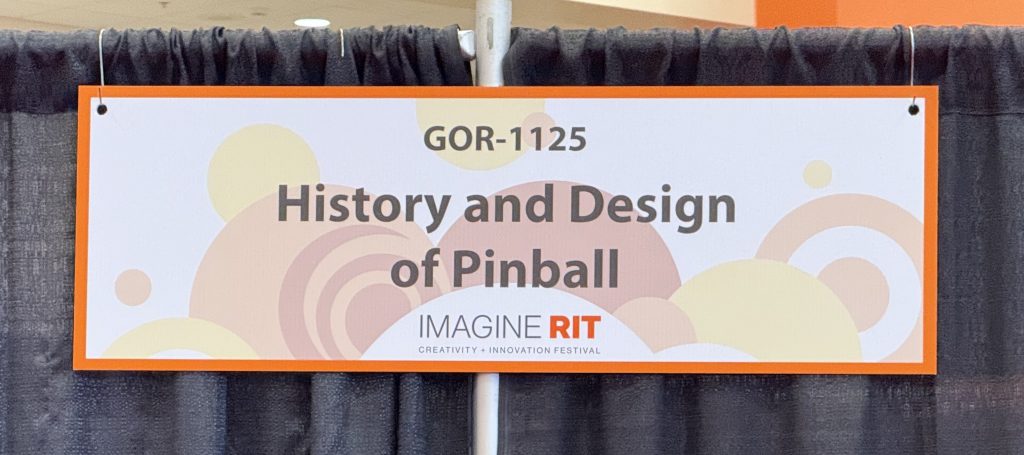
I absolutely LOVED presenting at Imagine RIT! My shift was from 11:00 AM – 12:00 PM, and it was almost constantly busy. The hour flew by, and I honestly didn’t want to be done when my time was up. I loved talking to the parents and kids alike.
I had to cannibalize some of the rubber bands from my playfield to help DJ, since the rubber bands in his machine’s flippers had broken twice due to rough play from kids. Afterward Imagine, I put some new rubber bands on my machine and all was well.
I didn’t present my digital pinball at Imagine as I wasn’t finished with it, and I was more proud of my physical machine. I did finish my digital version before the Pinball Event at the Strong Musuem!
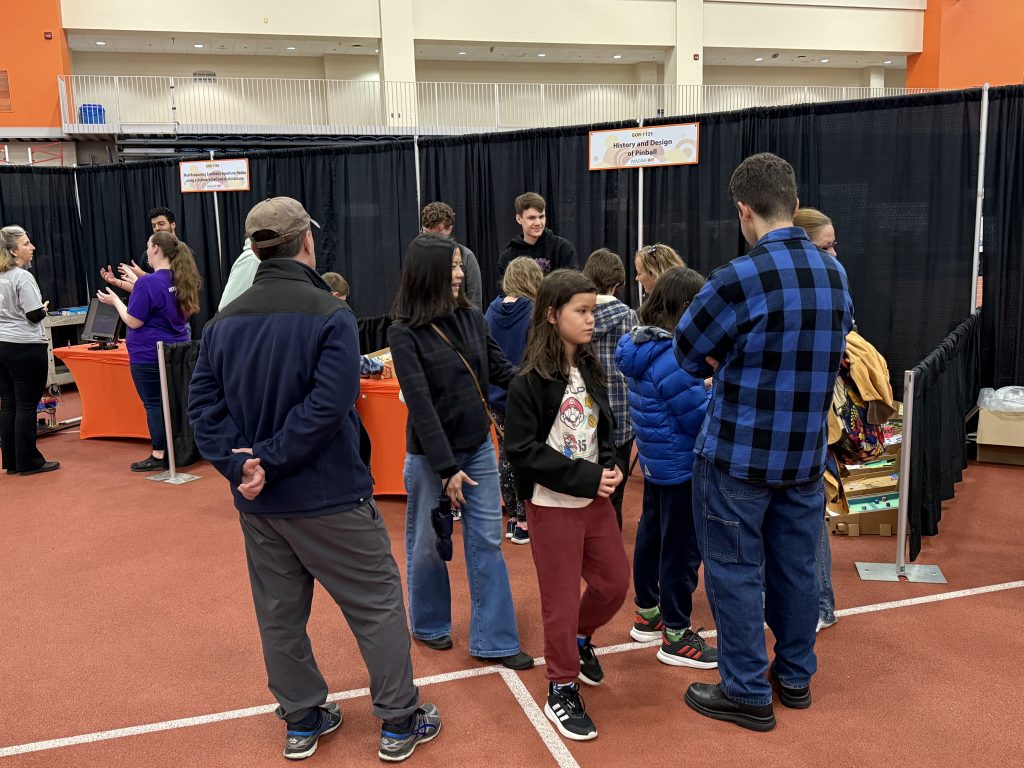
Strong Museum Pinball Day – 05/03/25
In comparison to the Imagine shift, the 3.5 hour shift was much slower. There were less people overall, and the table I was sitting at got the least amount of foot traffic due to where it was situated. It was honestly more tiring than the Imagine shift, even though I was talking and doing a lot more during the Imagine shift.
I know I need to not be so hard on myself regarding my work, as people did enjoy my visual pinball version of my physical game, and I learned that if something has a good design, people will understand how to use it even without words or explanation.
It was great to see so many ways to make a successful pinball machine with the examples brought by the Pinbox 3000 team. Some were artsy, some were more traditional, some had a goal like to hit a certain target or land in a specific area, while some used a point structure. I loved seeing the different art styles and elements brought from each machine, and I could tell that Ben and Pete really had a passion for how Pinbox 3000 can connect people.
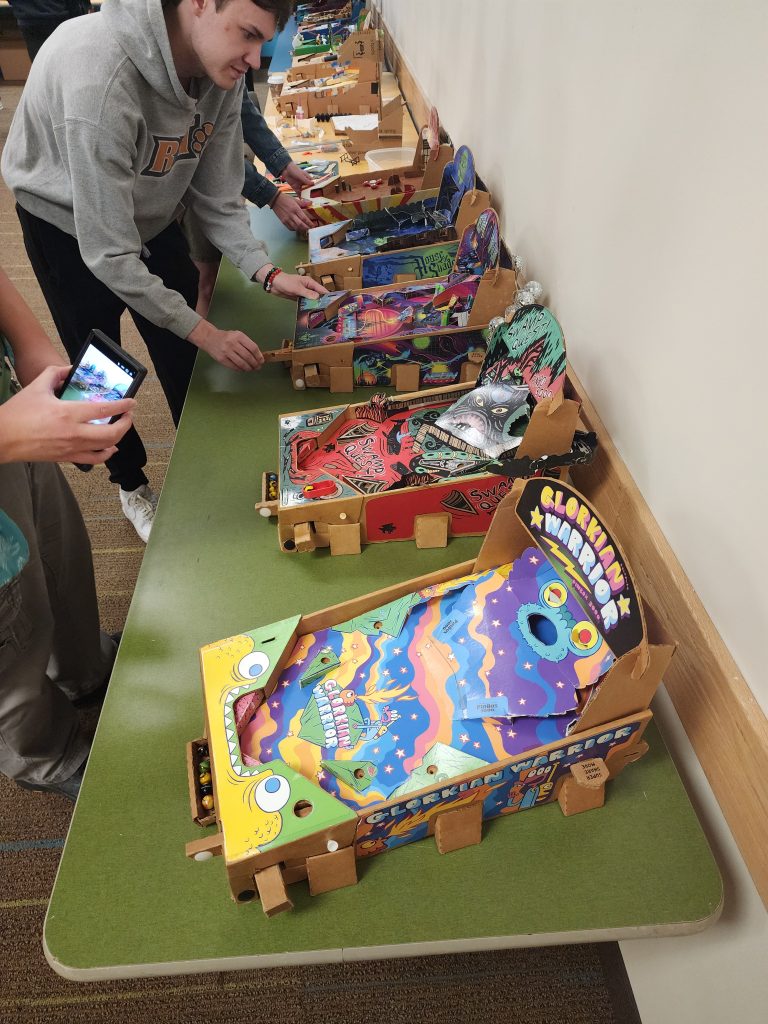
The most “fun” machines didn’t have the most toys and complex rules- but ones with a solid concept and a few well-placed elements can be just as memorable as fancy professional machines.
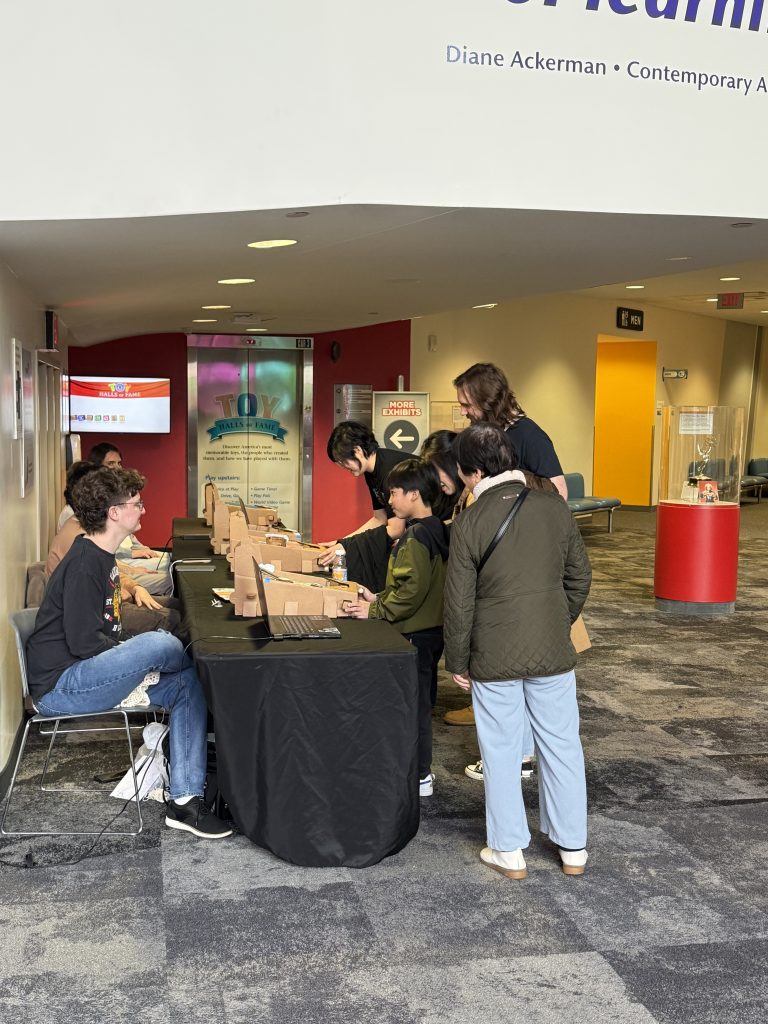
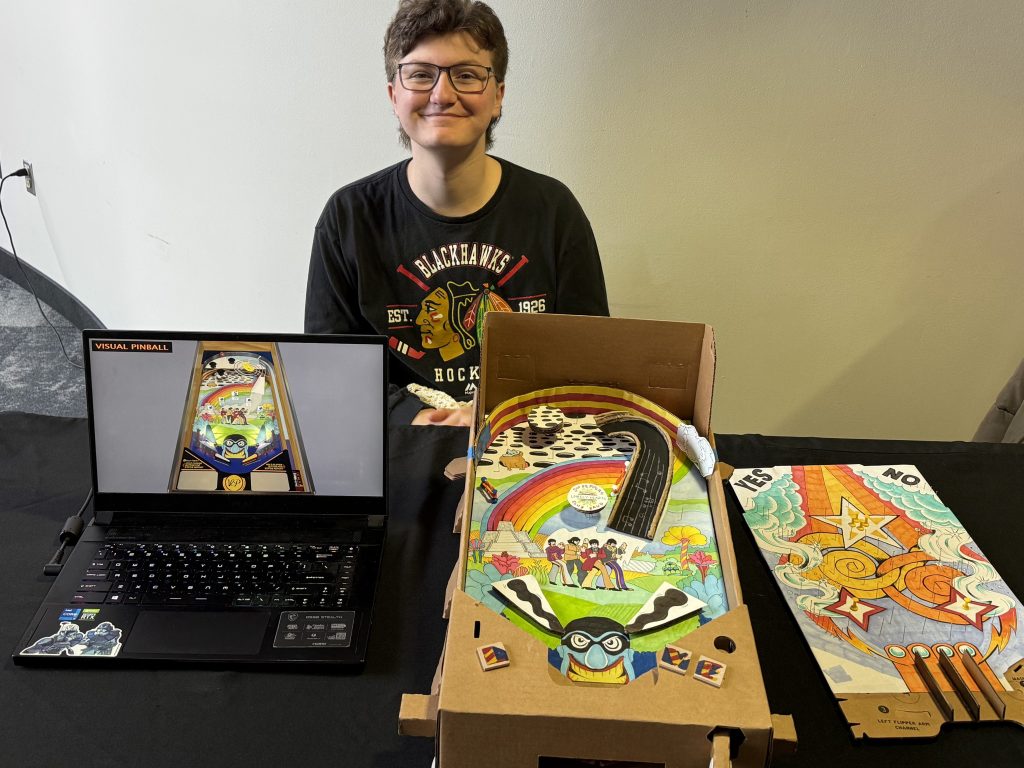
Takeaways From The Class
Learning about the rich history of pinball was something that I never imagined that I’d do in college, or maybe in my entire life. However, after this semester, I can definitely say that I will be on the lookout if Stern Pinball has any open positions!
Before this class, I had a very narrow understanding of what pinball is and what it can be- flashing lights, metal rails, and sound effects to a ricocheting silver ball. However, (as alluded to before), you don’t really need any of that to have a successful pinball machine.
The hands-on approach of this class was definitely my favorite part. Drafting, tinkering, and tweaking my playfields for my bagatelle and pinball game were probably my favorite project of the entire semester. I also really appreciated the cultural history of pinball besides it’s plain factual history- “Pinball Wizard” has become a permanent fixture to my playlists.
Thank you again to Professor Jacobs for this amazing experience, and I wish him all the best for his retirement- he deserves it!

